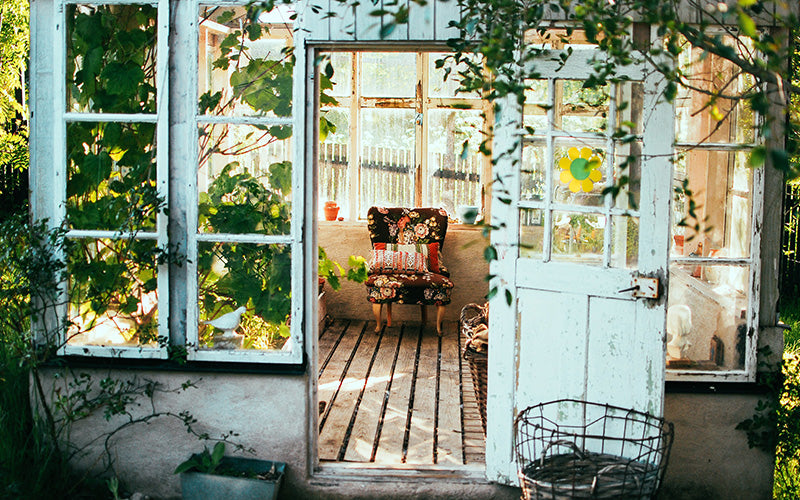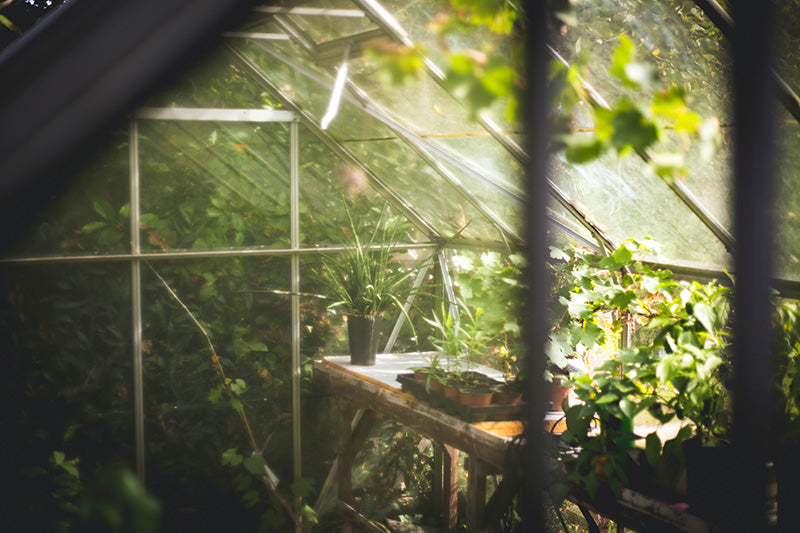By Michael Jenkins

At Gardzen we love hearing from our community and doing our best to answer their questions and enhance their gardening experience. One of the questions we’ve been getting lately is about shade and shade gardening. So many people want to start a garden, but hesitate to do so because their space has “too much shade”. That’s a shame; shade isn’t necessarily an obstacle to starting a garden and shouldn’t be a deterrent. Starting a shade garden is generally not any more difficult than starting any other kind of garden, and may afford you a fun chance to be creative in your space.
Let’s start with some definitions. While ideas and opinions differ, here’s what we mean when talking about shade in its various forms:
- Light shade means the area in question is shaded for part of the day, but receives full sun the rest of the time, ie it’s only in full shade for a few hours of the day. Light shade can be a useful tool for gardeners in hot climates, providing some protection to sensitive plants during the peak of the summer sun.

- Medium shade, also called partial shade, describes an area which is in the shade for most of the day. The space may receive some direct sun during part of the day, but spends the rest of the time shaded. Such areas may include spaces within a group of trees, near a while, or on the shaded side of a building. Many plants thrive in partial shade if other conditions are right.

- Full shade means just what its name implies: the area receives little or no direct sunlight during the day. Dense groves of trees, tall walls or buildings, and areas under stairs and decks may experience full shade. While options are a bit more limited, there are plants that can do well in full shade conditions.

It’s important to remember that shade conditions may change with the seasons. An area that’s under full shade in the summer when the sun is high in the sky may be only partially shaded in fall or winter when the sun is lower. Keep this in mind while planting your shade garden, as it may affect the plants you choose.
So what kind of plants do well in the shade? While you have many options for your shade garden, there are some limitations to bear in mind. Many food plants—fruits and vegetables—need full sun in order to thrive. However, some exceptions do exists: many greens—including cabbage, beets, broccoli, kohlrabi, and rhubarb—can do well in light shade. These plants don’t like the full heat of the summer sun, so giving them a light to medium shaded space can help prologue their season and make them more productive. The same is true for beans and peas, which often struggle in hot weather. For flowers and ornamental plants, however, you have a host of options. Salvias, dahlias, begonias, ferns and hostas all prefer full shade, and are lovely plants for your garden. Partial shade is healthy for petunias, periwinkles, day lilies, coral bells, and columbine. There are dozens more—too many to list here—and they give a chance to be creative in combining different colors, textures, and heights of plant.
So how should you plant your shade garden? Again, you have a number of options depending on your space and your soil conditions. As shade provided by trees often means many roots in the soil, shade gardens may benefit from container gardening. By mixing up different sizes and heights of containers and raised beds, you can create a multilayered approach in your shaded lawn, garden, or patio/deck. Don’t be afraid to experiment; gardening is all about the fun of learning and trying new things!
We hope this encourages you to get started on your own shade garden. They’re a fun way to learn a bit more about plants, gardening, and how it all comes together. As always, we love hearing from you so please reach out on social media or in the comments section and tell us your shade garden stories!

Leave a comment